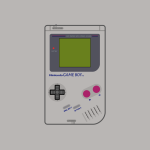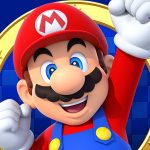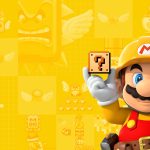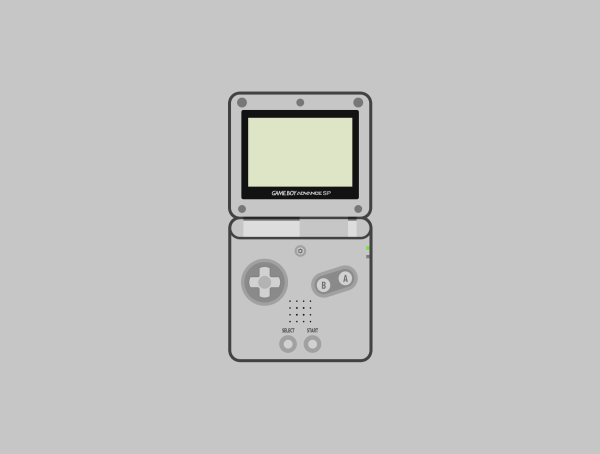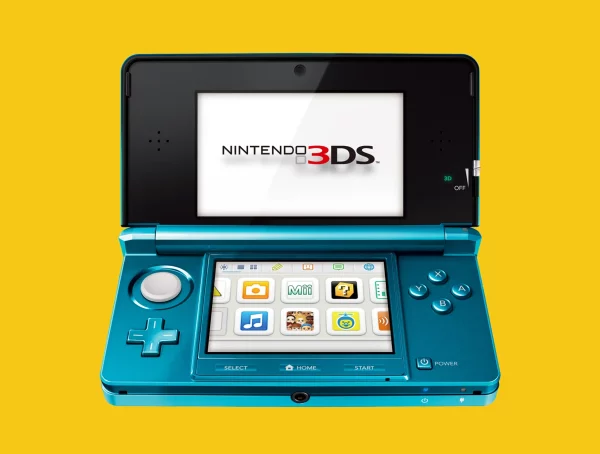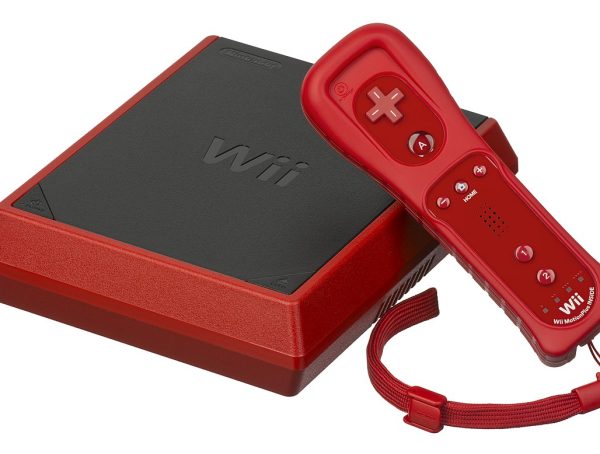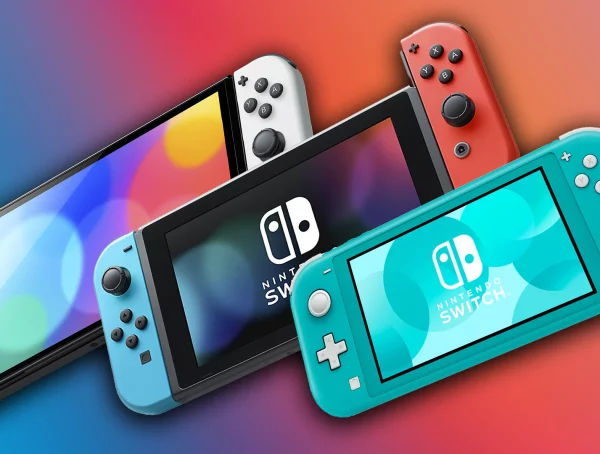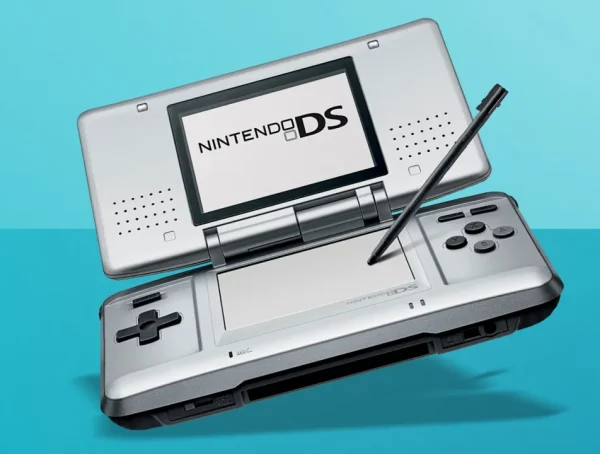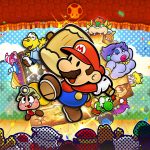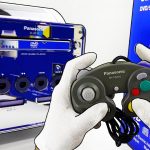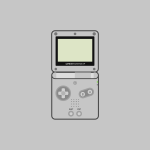The Nintendo Game Boy Color, released in October 1998, marked a pivotal moment in handheld gaming. As the successor to the Game Boy Pocket, it was the first Nintendo portable console to offer a full-color display, ushering in a new era of vibrant handheld entertainment. While still maintaining backward compatibility with the original Game Boy library, the Game Boy Color (often abbreviated as GBC) introduced enhanced visuals, new games, and a bold new look that made it a standout in the late 1990s gaming scene.
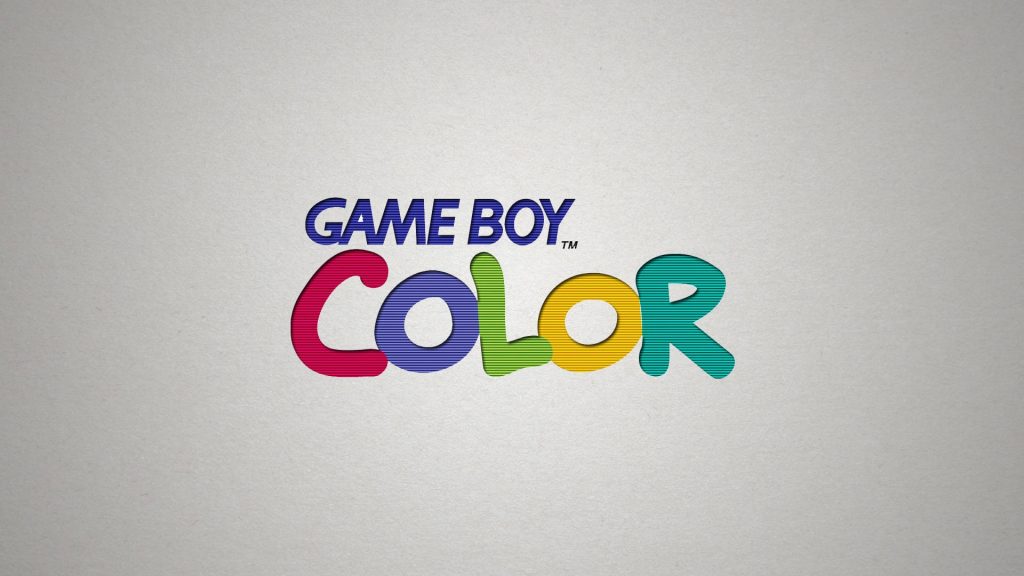
Background and Launch
By the late 1990s, the original Game Boy, though immensely successful, was beginning to show its age. Competitors like the Neo Geo Pocket Color and WonderSwan Color were on the horizon, and the pressure to modernize the handheld experience was growing.
Nintendo’s answer came with the Game Boy Color, released on:
- October 21, 1998 in Japan
- November 18, 1998 in North America
- November 23, 1998 in Europe
Rather than taking a huge technological leap (as with later handhelds like the Nintendo DS), Nintendo opted for a more evolutionary step. The Game Boy Color retained the familiar shape of its predecessors but added a color screen, faster processor, and modest improvements to memory and graphics capabilities.
Features and Improvements
While retaining the essence of the original Game Boy, the Game Boy Color introduced several major improvements:
Color Display
- Display: Reflective thin-film transistor (TFT) LCD
- Screen Size: 2.3 inches diagonal
- Resolution: 160 x 144 pixels
- Color Palette: Can display up to 56 colors simultaneously from a palette of 32,768 colors
- Colorization of Old Games: Original Game Boy games were given preset color palettes when played on GBC, offering a new experience without modifying the game data.
Hardware Specifications
| Component | Specification |
|---|---|
| CPU | Custom Zilog Z80-like processor at 8 MHz |
| RAM | 32 KB system RAM + 16 KB VRAM |
| Cartridge RAM | Up to 128 KB supported (for save data) |
| Display | 160 × 144 resolution, 2.3-inch TFT color LCD |
| Audio | Mono speaker; stereo sound via headphones |
| Power Supply | 2 AA batteries (approx. 10–20 hours playtime) |
| Dimensions | 133.5 mm x 78 mm x 27.4 mm |
| Weight | Approx. 138 g (without batteries) |
| Connectivity | Game Link Cable (multiplayer), IR port (short-range) |
Color Variants
Nintendo capitalized on the theme of color not only through the display but also via vibrant exterior designs. The launch models included:
- Atomic Purple (translucent purple)
- Berry (deep magenta)
- Grape (purple)
- Kiwi (lime green)
- Dandelion (yellow)
- Teal (cyan blue)
Later, limited editions were released, including themed models such as:
- Pokémon Center Pikachu Edition
- Tommy Hilfiger Edition (exclusive to the U.S.)
- Hello Kitty and Sakura Editions (Japan)
- Toy R Us Gold & Silver Pokémon versions
- Clear Black, Clear Green, and more regional exclusives
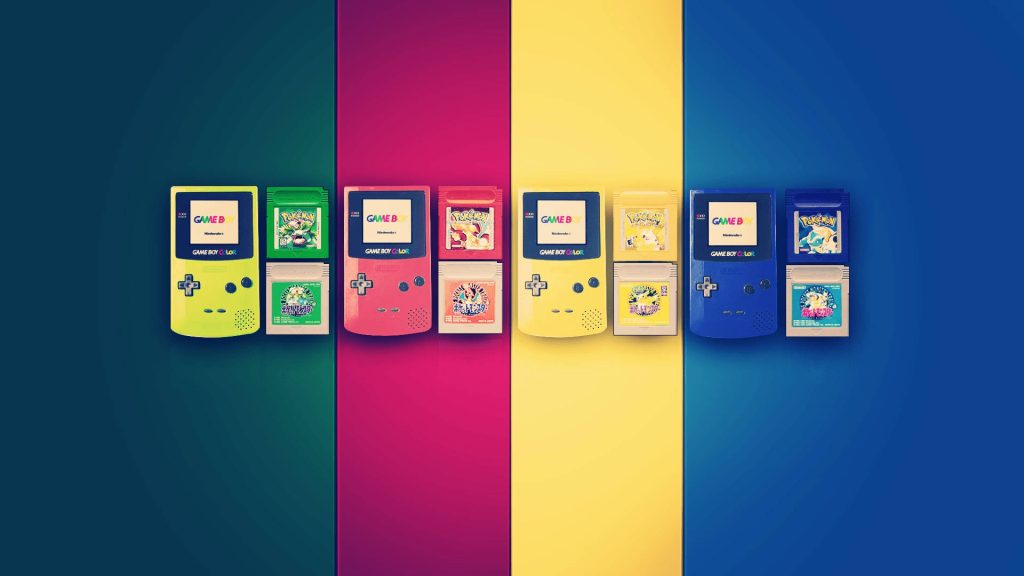
Game Boy Color Library
The Game Boy Color had a unique position: it supported three types of cartridges:
- Original Game Boy cartridges (gray): Backward-compatible and played in colorized mode
- Dual-mode cartridges (black): Worked on both GBC and classic Game Boy but offered enhanced colors on GBC
- Game Boy Color-only cartridges (clear): Exclusive to GBC with full-color support and enhancements
Notable Game Boy Color Games:
- Pokémon Crystal. The definitive version of the second Pokémon generation
- The Legend of Zelda: Oracle of Ages & Oracle of Seasons. Linked adventure games by Capcom
- Metal Gear: Ghost Babel. A stealth-action masterpiece adapted for handheld
- Shantae. A technical and artistic marvel with rich animation
- Wario Land 3, Dragon Warrior III, Harvest Moon GBC, Mario Tennis, and more
Compatibility
One of the Game Boy Color’s major strengths was its backward compatibility:
- Played nearly all original Game Boy games
- Enhanced some of them with preset color palettes
- Allowed developers to make dual-compatible games that scaled based on the system they were played on
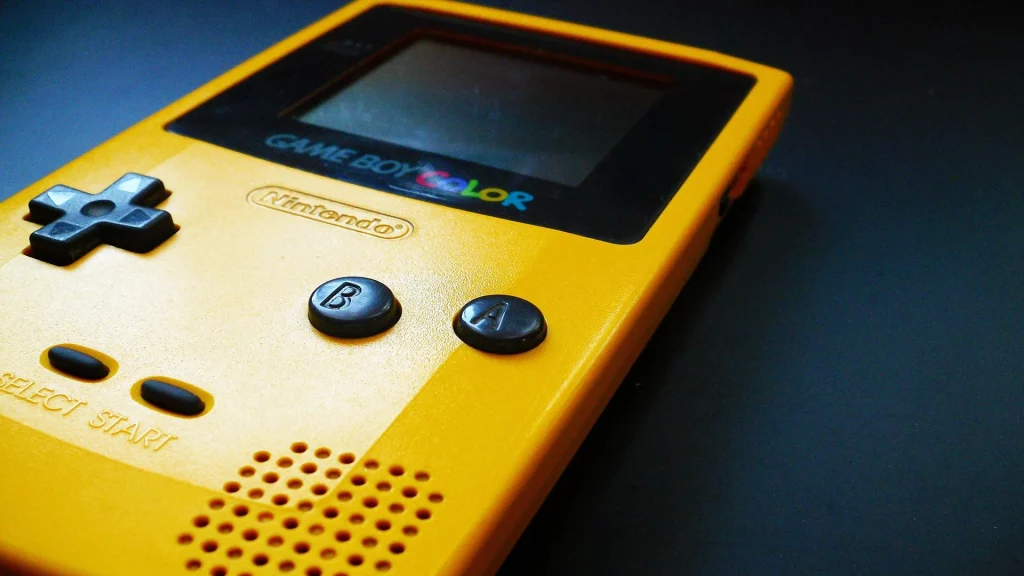
Decline and Legacy
The Game Boy Color enjoyed commercial success, selling approximately 50 million units worldwide. It helped extend the life of the Game Boy line well into the early 2000s.
However, in 2001, Nintendo launched the Game Boy Advance (GBA), which brought a massive leap in performance, graphics, and game design. Production of GBC hardware and games slowed significantly, with official discontinuation in 2003.
Impact and Legacy
- The Game Boy Color was the first Nintendo handheld with a color screen, bridging the gap between classic Game Boy and the more advanced Game Boy Advance.
- It hosted graphically superior and ambitious titles that pushed 8-bit hardware to its limits.
- It remained a fan favorite, especially for collectors and retro gamers.
Today, the Game Boy Color is remembered as a vital evolution in Nintendo’s portable gaming history, a console that retained the charm of the original Game Boy while boldly stepping into the world of color.
Summary Table
| Feature | Specification |
|---|---|
| Launch Year | 1998 |
| Units Sold | ~50 million |
| Display | 2.3” TFT Color LCD |
| Colors Available | 6 launch colors + special editions |
| Backward Compatible | Yes (with Game Boy) |
| Exclusive Titles | ~450 |
| Power Source | 2 AA Batteries |
| Successor | Game Boy Advance (2001) |
Whether you’re a retro collector, a nostalgic player, or a historian of video game evolution, the Nintendo Game Boy Color remains a cherished chapter in handheld gaming—where the world of black and white finally burst into brilliant color.
You might also like
More from CONSOLES
Nintendo Wii Mini: Complete History, Versions, and Specs (2012)
The Nintendo Wii Mini is a lesser-known variant of the highly successful Nintendo Wii console. Designed as a more affordable …
Nintendo Switch: The Complete History and Versions of Nintendo’s Hybrid Revolution (2017)
Introduction When the Nintendo Switch was launched on March 3, 2017, it wasn’t just a new console, it was a radical …
Nintendo DS: The Dual-Screen Revolution (2004)
The Nintendo DS, launched in 2004, marked a bold and innovative step in the world of handheld gaming. With its …
